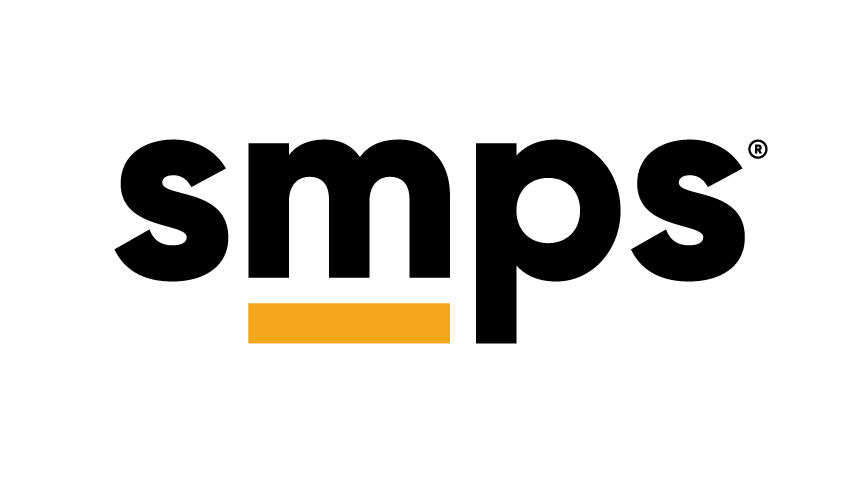
Marketing is a unique field because it requires its professionals to use both analytical and creative skills. As with many other creative industries, it can be difficult to come up with an idea that speaks to everyone. That’s why, when crafting proposals, it’s important to ensure you’re collecting honest feedback from your team throughout the process. Although this seems like a simple task, obstacles like groupthink can easily derail a whole project. Working remotely has added an additional barrier that makes this process even more difficult.
To learn how to avoid these pitfalls and craft excellent proposals remotely, we collected insights from 11 marketing experts. With their techniques and strategies, you can ensure you’re delivering a proposal that will maximize your company’s or client’s market dominance.
Seek Feedback from Others
Sometimes it’s difficult to peel the mask off a marketer and see the flaws in a marketing plan. This is where seeking the input and feedback from a team member outside the project can be one of the most important steps of finalizing a proposal. Find someone who hasn’t been involved and have them look at the proposal as if they’re the ones being pitched. They know the company so they will understand what to look for without the bias of being part of the team–Kimberly Kriewald, Avana Capital
Have the Courage to Pick up the Phone
There are several tools and platforms that allow you to see who is online, have a video call, share screens, create polls and even collaborate in the same document in real time–all with just a few clicks. So, become a master of the tools you have to collaborate in a remote environment and embrace video. Also remember it takes initiative to break the norm and put the tools to use. If you do, you’ll gain valuable insights and develop stronger proposals with the added benefit of building better relationships with your coworkers.–Justin Juley, HNTB
Communicate Now About How To Communicate Later
First, be patient. A person on your team might have kids doing home school right now, their spouse might be having a rough day or another number of reasons they’re not responding to your requests. Second, ask them how they prefer to communicate in different scenarios before you get in a bind. For example, when you need an answer fast, is text OK? Or when you just need input when they can get to it, is an email ok? When should I just call you and ask a question? Especially in tight timeframes, make the questions simple and easy to answer so you can produce a well drafted marketing proposal.–Frank Lippert, GO Strategies
Make Your Goals Clear
When working remotely, on something especially as extensive as a marketing proposal, it’s easy to lose sight of the overall goal and mission you hope to accomplish. Sit down on a call with your team and identify your main objectives and how you hope to achieve them so everyone is on the same page. –Chris Dunkin, Portable Air
Engage with Team Members
We’ve all had to adapt to this virtual environment quickly. For marketers, it’s all about relationships. Without face-to-face meetings, maintaining relationships can be challenging. However, today’s technology is so powerful and let’s face it, video has been around for quite some time. While working remotely, the key is to go the extra mile to connect and engage with your team members). A quick video call can be much more effective than a two-hour email chain. And most importantly, video gives us the opportunity to connect using eye contact and body language and get more things done.–Tiffany Gibson, DLZ
Look at Proposals From a Different Perspective
Ask about where the initial idea came from and how it leads to a specific feature. This will give you insight into the process and history of the marketing proposal. After that, creating a realistic and appealing marketing message is a lot easier. It’s easy to get lost in the world of marketing terms and techniques, so take a moment to consider your proposal from other departments’ perspectives to see if you can find unique benefits.–Dr. Marc M. Batschkus, Archiware
Virtually Observe Body Language
Don’t be afraid to ask them your team to hop on a video call with you. Emails and chats are usually ineffective at seeking feedback for large projects such as marketing proposals. Use the video call as a sort of mock-pitch and have them sit in as an executive or client. Observe their facial expressions and comments. You will catch mistakes and strengths that you may have missed before and you can obtain comments from another person who does not have any bias toward the work already done.–Jon Schneider, Recruiterie
Cut to the Meat of the Conversation
These days, remote work somehow manages to make the smallest tasks ten times more hectic. If you’re seeking advice from someone that’s outside your department, ensure that you cut to the meat of the conversation of what you need from them. This includes providing them a list of questions beforehand and specifying the areas that you want them to focus on when they review your proposal. Using team management software such as Asana, assign them tasks with detailed descriptions and deadlines so that they can better organize their time to help you. Giving team members the proper tools beforehand will better equip them when it gets down to actually finalizing a proposal.–Thylan Le, Markitors
Collaborate
Working for a fast-paced startup, I have learned the importance of collaboration and to lean on my insightful and knowledgeable colleagues. While working remotely, I recommend utilizing your company’s internal messaging system if it’s a short request, but if you need more time to go over something, I would schedule a meeting via Zoom. Come prepared with questions and take notes. Sometimes I’ll even record a Zoom call if I think the information will be extremely useful down the road, then I can go back and revisit the conversation at any time (I always ask for everyone’s permission before pressing record though.). I also make sure to be respectful of everyone’s time by sticking to the scheduled meeting end time and following up via email afterwards, if there’s anything additional needed. Despite working remotely, it’s still very possible (and important) to stay connected and gain insights from others on your team.–Marissa Litner, SmartRent
Commit to Deadlines and Celebrate Minor Wins
When you can’t walk down the hall for information, an effective proposal kick-off meeting with the right parties involved is more important than ever. Set expectations to use video ahead of time to avoid multitasking. Keep the team engaged and avoid dead air with a strong agenda outlining the goals for the meeting. Pro-tip: have contributors commit to their deadlines on the video call, and follow up with a team summary to add an extra layer of commitment and accountability. Celebrating major wins and sharing pursuits through a monthly report or call also helps everyone realize the importance of a request when it comes across their desk. And don’t forget, gratitude goes a long way when you have something unexpected pop up.–Brittany Williams, Mead & Hunt
Set Up the Best Virtual Environment for Feedback
Technical staff are full of valuable knowledge, it is important to provide them a space to discuss their work versus asking for a boiled down 100-word description. Conducting a video call where you can screen-share helps foster these types of conversations. Oftentimes what they currently have up on their screen is something that adds value to your proposal, presentation, etc. Start by explaining the purpose of the meeting, provide an overview of the RFP scope, client hot buttons, etc., outline the winning angle, then review the images and associated information, asking for input throughout the conversation. “Do you think that this project/image demonstrates this best, or do you have a better suggestion? Is this a problem (or project type) that your clients are concerned with?” This type of interaction seems to be far more productive than sending a draft and requesting verbiage or an updated image. Allow them some space to think outside of the box and your proposal will reap the benefits.–Lauren Homme, Environments for Health Architecture
This article has been provided by Markitors, a digital marketing company located in Arizona.







